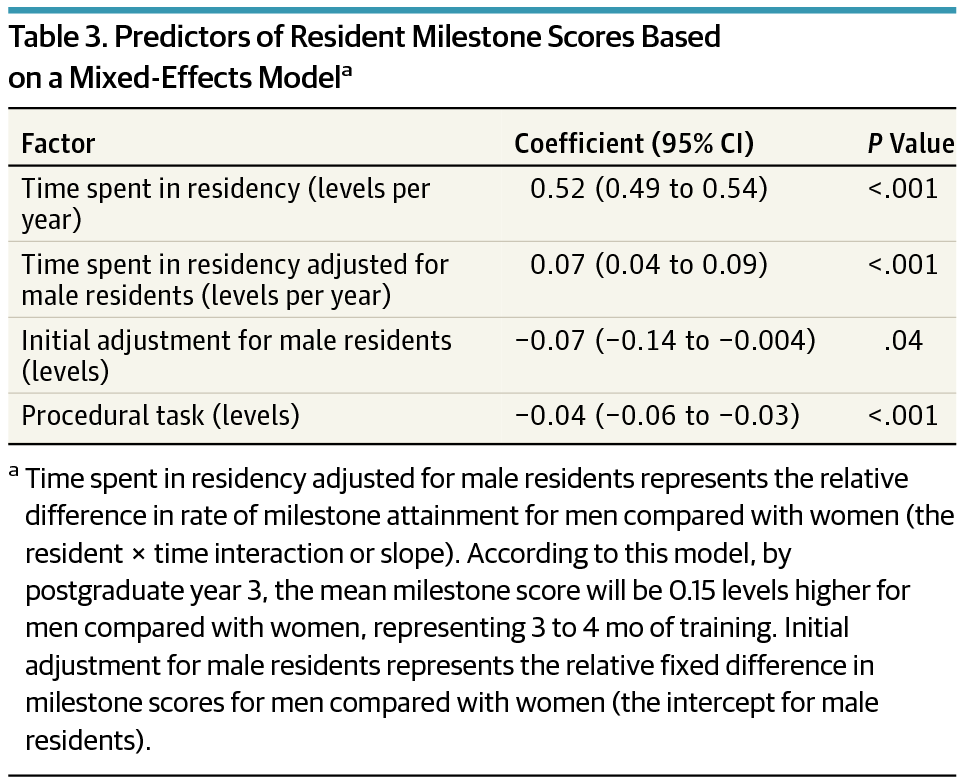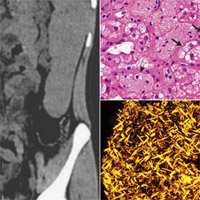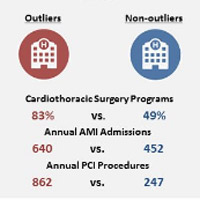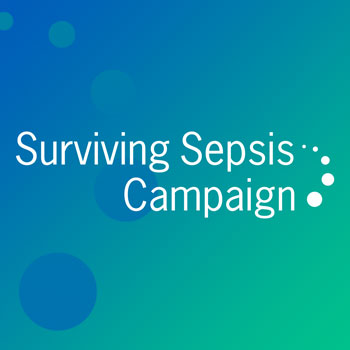Stories Category: Intensive Care

Dose-Adjusted DOACs: What Efficacy vs Warfarin?
The direct oral anticoagulants (DOACs) offer distinct advantages over warfarin - among them, dose adjustment is only needed in cases of impaired renal function, advanced age, low body weight, or potential for drug-drug interactions.... read more

New Guidelines for Accurate Diagnosis of C. difficile Infection
Clostridium difficile infection (CDI), a potentially lethal bacterial infection, causes colon inflammation and is responsible for 3,700 deaths in Europe per year. This highly symptomatic infection causes fever, diarrhea,... read more

Longer hospital stays may reduce readmissions, study suggests
A recent study found patients moved to post-acute care facilities have a higher chance of readmission than those kept in the hospital for a longer period of time. Researchers say longer hospital stays may prevent readmission... read more
In Hospital ICUs, AI Could Predict Which Patients Are Likely to Die
With streams of data coming from equipment that monitors patients’ vital signs, the ICU seems the perfect setting to deploy artificially intelligent tools that could judge when a patient is likely to take a turn for the... read more

Using an App to Speed Surgical Recovery
To help patients recover faster from surgery, Rush University Medical Center recently has begun providing patients with a computer app that prompts, monitors, and encourages activities that promote healing. Called SeamlessMD,... read more

Stapled versus hand-sewn
Stapled versus hand-sewn: A prospective emergency surgery study. An American Association for the Surgery of Trauma multi-institutional study. Data from the trauma patient population suggests handsewn (HS) anastomoses are... read more

Addressing Physician Burnout
The US health care delivery system and the field of medicine have experienced tremendous change over the last decade. At the system level, narrowing of insurance networks, employed physicians, and financial pressures have... read more

Evaluations of Male vs Female Emergency Medicine Residents Milestone Duiring Training
In this longitudinal, retrospective cohort study of 33 456 direct-observation evaluations from 8 emergency medicine training programs, we found that the rate of milestone attainment was higher for male residents throughout... read more

5 ways to improve care at the End of Life
These days it is much more common for people to live longer with multiple chronic conditions, and we have the technology to prolong life as death approaches. End-of-life care is fragmented, intensive, and costly - and patients’... read more

Cholesteryl Ester Crystals in Lysosomal Acid Lipase Deficiency
Deficiency of lysosomal acid lipase is a rare autosomal recessive lysosomal storage disease characterized by the accumulation of cholesteryl esters and triglycerides, predominantly in macrophages. Nonspecific clinical features... read more

Quality of Care at Hospitals Identified as Outliers in Publicly Reported Mortality Statistics for Percutaneous Coronary Intervention
Public reporting of percutaneous coronary intervention (PCI) outcomes may create disincentives for physicians to provide care for critically ill patients, particularly at institutions with worse clinical outcomes. Large hospitals... read more
Tracking Down the Transcriptome of Pancreatic Cells
Clinical Implications of Basic Research: Tracking Down the Transcriptome of Pancreatic Cells. High-resolution analysis of gene expression in individual pancreatic cells is providing new insights into cell subpopulations and... read more

Updated Guidelines for Sepsis Management
In 2017 the Society for Critical Care Medicine updated its guidelines for sepsis management. These new guidelines differ significantly from ones in the past in that they no longer recommend protocolized resuscitation and... read more

Experts reveal noisy wards can lead to terrifying hallucinations
How a stay in hospital can tip you over the edge: Experts reveal noisy wards can lead to terrifying hallucinations and even long-term harm. Recognizing the symptoms means patients receive the care they need and can make the... read more

Influenza and Considerations Regarding Infectious Mimics
The patient with headache, myalgia, and URI symptoms may just have the common flu. It's all too common to see and treat multiple patients with influenza-like illness during the flu season. But what could you be missing?... read more

Palliative care from diagnosis to death
Evidence is growing that people can benefit from palliative care earlier in their illness, say Scott Murray and colleagues, but care must be tailored to different conditions. Many people still associate palliative care with... read more

The Changing Face of Informed Consent
Informed consent for a research study brings to mind a paper document with a handwritten signature completed at a clinical research site. However, the paper, ink, and clinical site are not necessary. Sufficient information... read more








